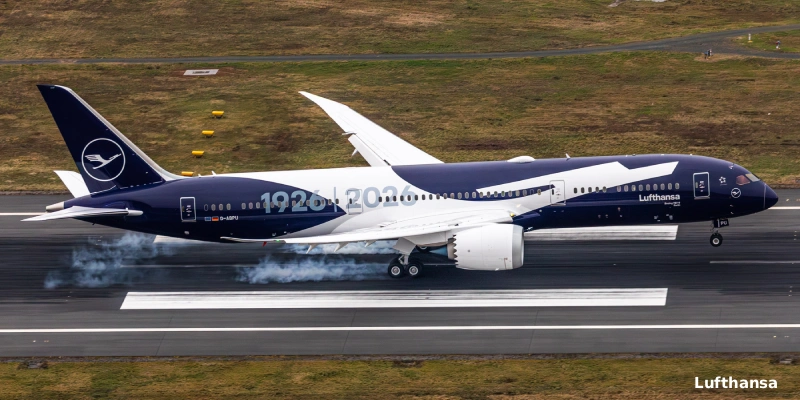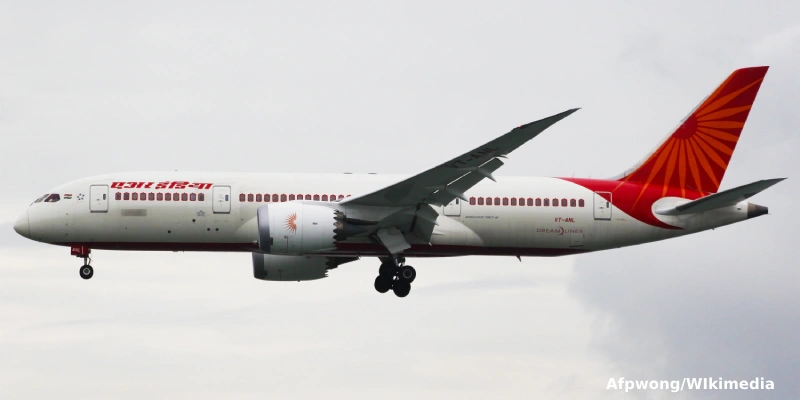March 17, 1988 marked a sad milestone in this history when a Boeing 727 of the Colombian airline Avianca crashed with 143 people on board. It was the worst plane crash up to that time for Colombians and the second worst ever.
See also: Part an airplane engine fell and almost hit a motorcyclist in Bogota.
Flight 410 crashed into the mountains four minutes after taking off from Cúcuta airport, some 650 kilometers north of Bogotá. The Boeing 727 was on an internal flight bound for Cartagena, a Colombian city located on the Caribbean coast.
The plane was carrying seven crew members and 136 passengers, including two amateur soccer teams from the Ecopetrol company. The players were to play in a tournament in Cartagena, reported La Nación.
See also: NTSB: Damage to United’s 777 engine is related to metal fatigue.
According to eyewitnesses, the plane crashed in a mountainous area of the Andes mountain range called Cerro Campo de Alicia. Avianca reported that flight 410 quickly disappeared from radars. The testimonies of those who were traveling by car on a nearby route indicate that they saw the plane flying very low and that it suddenly crashed.
The Control Tower reported that the pilot, Francisco Ardilla, 35 years old and with 4600 hours of flight experience, assured that there was good visibility as soon as they took off, however, after four minutes the plane disappeared into the mountains. According to a report by the Aviation Safety Network, the most probable cause for the accident is the distraction of the captain, who was traveling in the cockpit with a pilot friend who was not a member of the crew.
In 1997, the Council of State condemned the country to respond patrimonially for the accident. In its opinion, the tragedy was due to “a failure in the Civil Aeronautics service because the air traffic controllers authorized the pilot to take off visually, that is, without the support of instruments, even though the atmospheric conditions were difficult”.
Meanwhile, although it was considered that “the airline was jointly and severally liable”, the court pointed out that, according to an investigation made by the Aerocivil itself, at the time of the accident the commander “was distracted attending to people outside the cockpit” and left the control of the operation “in charge of the co-pilot”.
Related Topics
Ryanair Exceeds 206 Million Passengers in 2025
Lufthansa Turns 100: A Century of History
Air India to Resume Direct Flights Between Delhi and Rome Starting March 2026
Ryanair Puts Over 10 Million Seats on Sale for Summer 2026

Plataforma Informativa de Aviación Comercial con 13 años de trayectoria.




